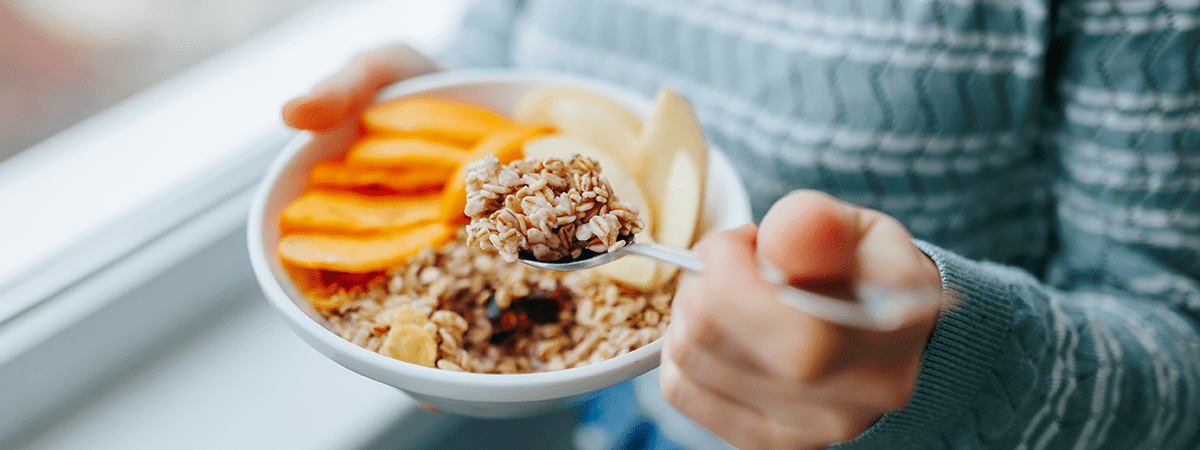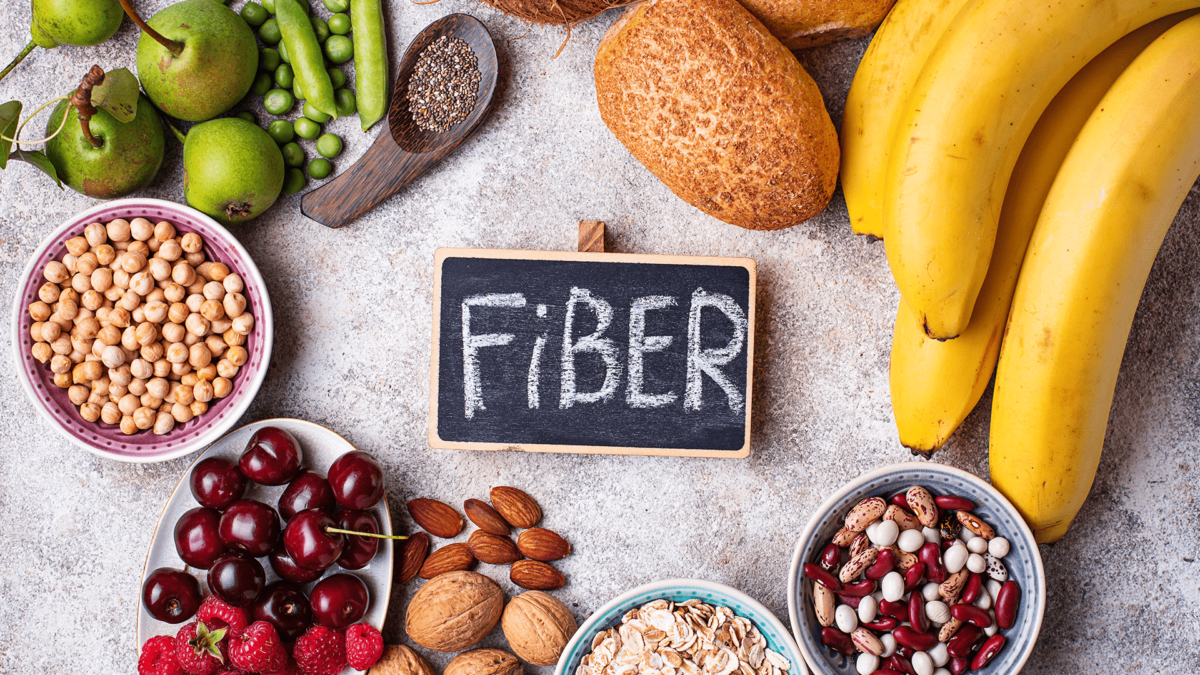There are plenty of health-based dietary fads that come and go. But one we know is here to stay? Eating more fiber. Namely through plant-based foods.
Fiber, which can essentially be found in any whole, plant-based food, is necessary to incorporate into your daily diet in order for your body to function optimally.
The benefits of fiber range from lowering risk of coronary artery disease (CAD) to maintaining regular bowel movements. And because fiber is so readily available (and often delicious), making sure you’re eating enough is typically not all that hard.
What is fiber?
Dietary fiber, also known as roughage or bulk, is a type of carbohydrate found in plants that cannot be broken down by the human body.1 But don’t get it confused: Fiber isn’t just any carbohydrate.
While simple carbs are ultimately broken down into sugar, or glucose, fiber can’t be digested and instead moves swiftly through the body.1 As it does so, it helps to move and clear out other food particles that may have gotten stuck along the intestinal walls. In this way, fiber is much like the street sweeper of your digestive track.

Which foods contain fiber?
Basically, any whole, plant-based food contains varying amounts of fiber. Some examples of good, high-fiber foods include:2
- Fruits (i.e., raspberry, apple, pear)
- Vegetables (i.e., broccoli, brussels sprouts, sweet potato)
- Whole grains (i.e., oats, quinoa, barley)
- Legumes (i.e., beans, lentils, peas)
- Nuts and seeds (i.e., almond, pistachio, sunflower kernels)
What are the types of fiber?
There are two main types of fiber: Soluble and insoluble. Both are found in whole, plant-based foods. And both are important to have in your diet. So, what’s the difference?
Soluble fiber
Insoluble fiber is not able to dissolve in water. It goes completely undigested and is not absorbed into the bloodstream. Rather, it sweeps through the digestive track, clearing waste, and becoming the “bulk” of stool. It also helps in maintaining regularity in bowel movements and avoiding constipation. Insoluble fiber is often found in the form of whole grains and the majority of vegetables.

What are the benefits of a high-fiber diet?
Not only does fiber clean house and keep you regular, but it also helps to regulate how the body manages glucose, which aids in blood sugar management. And can help to lowers blood pressure and risk of hypertension. Both of which can benefit your cardiovascular health.
In fact, it’s been shown that intaking the highest recommended amounts of fiber can dramatically reduce the risk of fatality from cardiovascular disease. This is likely thanks to fiber’s ability to reduce “bad” cholesterol levels.3
Other benefits of a high-fiber diet include:4
- Lower risk of stroke
- Lower risk of diabetes
- Lower risk of gastrointestinal disease
- Lower risk of obesity
- Improvements in insulin sensitivity and glycemia
- Aids in weight loss & weight management
- Increases immune function
How much daily fiber should I get?



